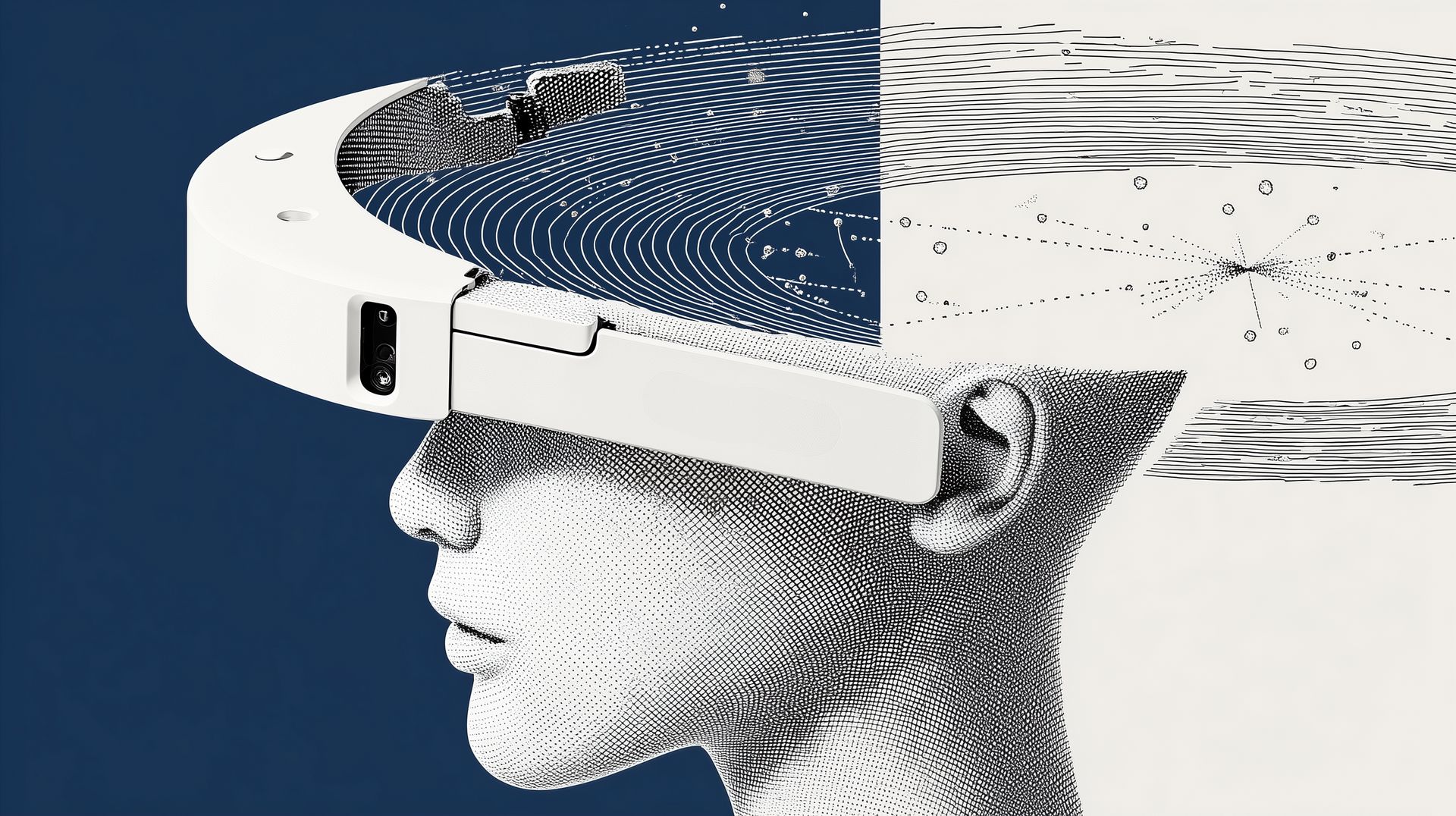Hey! This weekend was a bit different.
We hosted our first AI hackathon here in Barcelona and ended up with an amazing group of people hacking for two days on how VCs could use AI in their workflows.
If you’re curious, you can read more about it here.
Alright now back to our usual focus on AI news, MIT spinout just showed off a wearable that interprets silent speech, letting you control devices or chat with an AI just by thinking. It sounds like science fiction, but it’s a real step toward a new way of interacting with technology.
For operators in hands-on roles, this could mean querying a database without dropping your tools. For the rest of us, it shrinks the gap between having an idea and getting it done.
Topics of the day:
MIT's wearable that interprets silent speech
Claude comes to the Microsoft 365 Copilot suite
Apple’s new AirPods get real-time translation
An AI-animated film tests cheaper production

A wearable that reads your mind (..almost)
What’s happening: An MIT spinout called Alterego debuted a wearable that interprets silent speech, letting you control devices and talk to an AI just by thinking about what you want to say.
In practice:
You could discreetly take meeting notes or draft emails in a crowded room without ever touching a keyboard.
For hands-on roles like manufacturing or logistics, you could query a database or file a report while keeping your hands free.
This tech could create a new class of always-on AI assistants, making them feel more like an extension of your own thoughts.
Bottom line: This moves us closer to a future where interacting with AI is as fast and private as thinking. For professionals, it means the barrier between an idea and its execution gets even smaller.
Microsoft puts a rival AI in office
What’s happening: Microsoft is bringing Anthropic's Claude into its Microsoft 365 Copilot suite, a major shift that gives you the choice between OpenAI's GPT models and a key rival for your work tasks.
In practice:
You'll be able to switch to Claude inside Copilot for tasks where it excels, like financial analysis and building presentations.
This signals a move away from a single "best" AI, letting you pick the right tool for the job without leaving your workflow.
The integration will likely leverage Claude's new ability to directly create and edit Office files, finally reducing the clumsy copy-paste dance between apps.
Bottom line: Competition in the AI model space is leading to better, more specialized tools for you. Expect more choice and stronger performance inside the software you already use every day.
Your AirPods just became a universal translator
What’s happening: Apple announced its new AirPods Pro 3 will feature on-device, real-time ‘Live Translation’, allowing you to hear conversations translated directly in your ear.
In practice:
International sales calls or partner meetings become instantly accessible, removing the need for a human translator.
This automates a major friction point for global teams, speeding up cross-border communication and collaboration.
Companies can now explore new international markets with lower language barriers, making it easier to connect with potential clients or suppliers.
Bottom line: This moves AI translation from a clunky app experience to a seamless, real-world utility baked into hardware you already use. It’s another step toward AI becoming an invisible assistant that removes friction from your daily work.
OpenAI is making an animated movie
What’s happening: OpenAI is backing 'Critterz,' an animated film made with AI tools that's targeting a debut at the Cannes Film Festival. This project is a proof of concept for radically faster and cheaper creative production.
In practice:
AI tools can automate time-consuming tasks like storyboarding and character rendering, freeing up your team for higher-level creative work.
The film’s nine-month timeline and sub-$30M budget show how AI can dramatically lower the barrier to creating high-quality marketing or training content.
This model allows smaller agencies or in-house teams to tackle ambitious video projects that were previously too expensive or slow to produce.
Bottom line: AI is moving from a novelty generator to a serious production tool for complex creative projects. This shift lets you think bigger about what your team can create, even with limited resources.
The Shortlist
NVIDIA partnered with OpenAI in a deal that could see it invest up to $100B in AI data centers, aiming to deploy millions of GPUs across 10 gigawatts of capacity to power next-generation models.
Anthropic raised a massive $13B funding round co-led by Iconiq and Fidelity, rocketing its valuation to $183B as it scales its enterprise and Claude Code offerings to compete with OpenAI.
Google integrated its Gemini AI directly into the Chrome browser for U.S. desktop users, adding an "AI Mode" to the address bar and a sidebar for contextual analysis across multiple tabs.
ByteDance launched Seedream 4.0, a new AI image generation model that benchmarks claim outperforms Google's viral 'Nano Banana' model on key image generation and editing tasks.
This newsletter is where I (Kwadwo) share products, articles, and links that I find useful and interesting, mostly around AI. I focus on tools and solutions that bring real value to people in everyday jobs, not just tech insiders.
Please share any feedback you have either in an answer or through the poll below 🙏🏽


